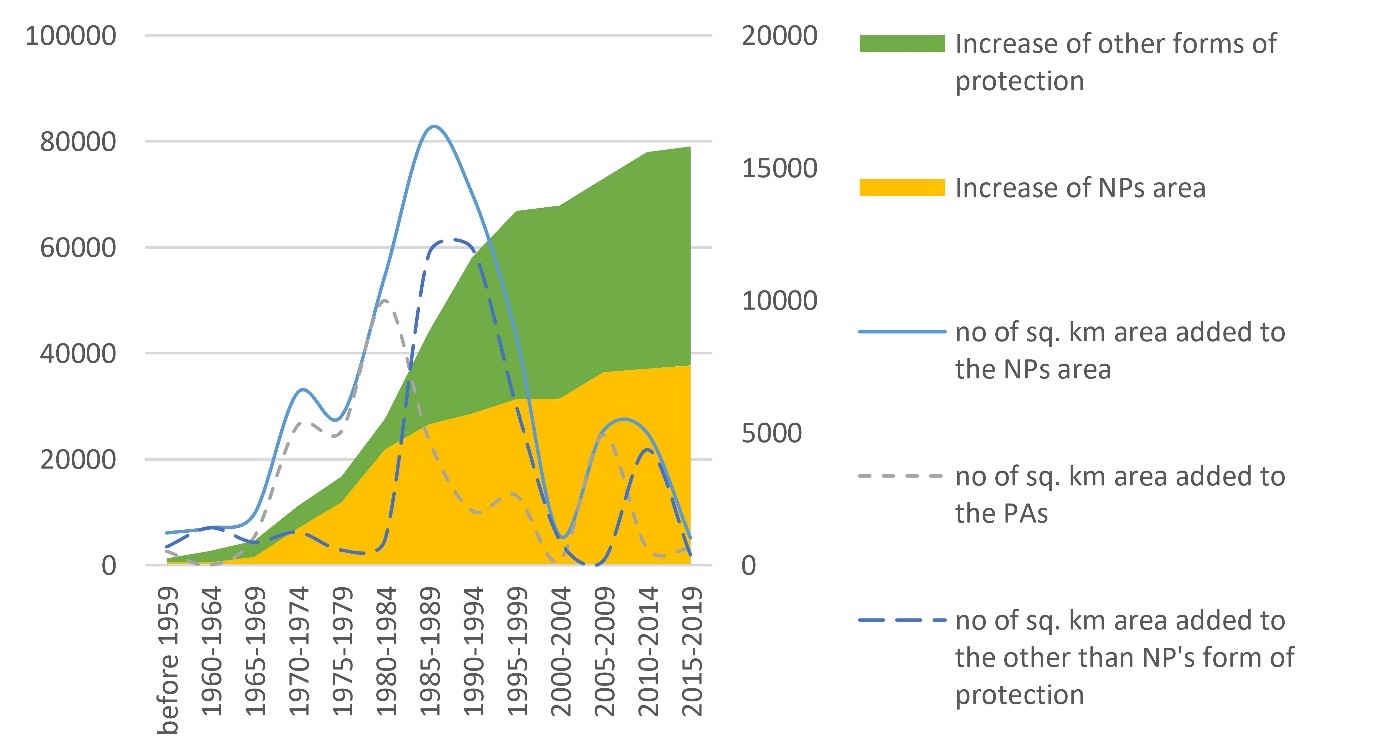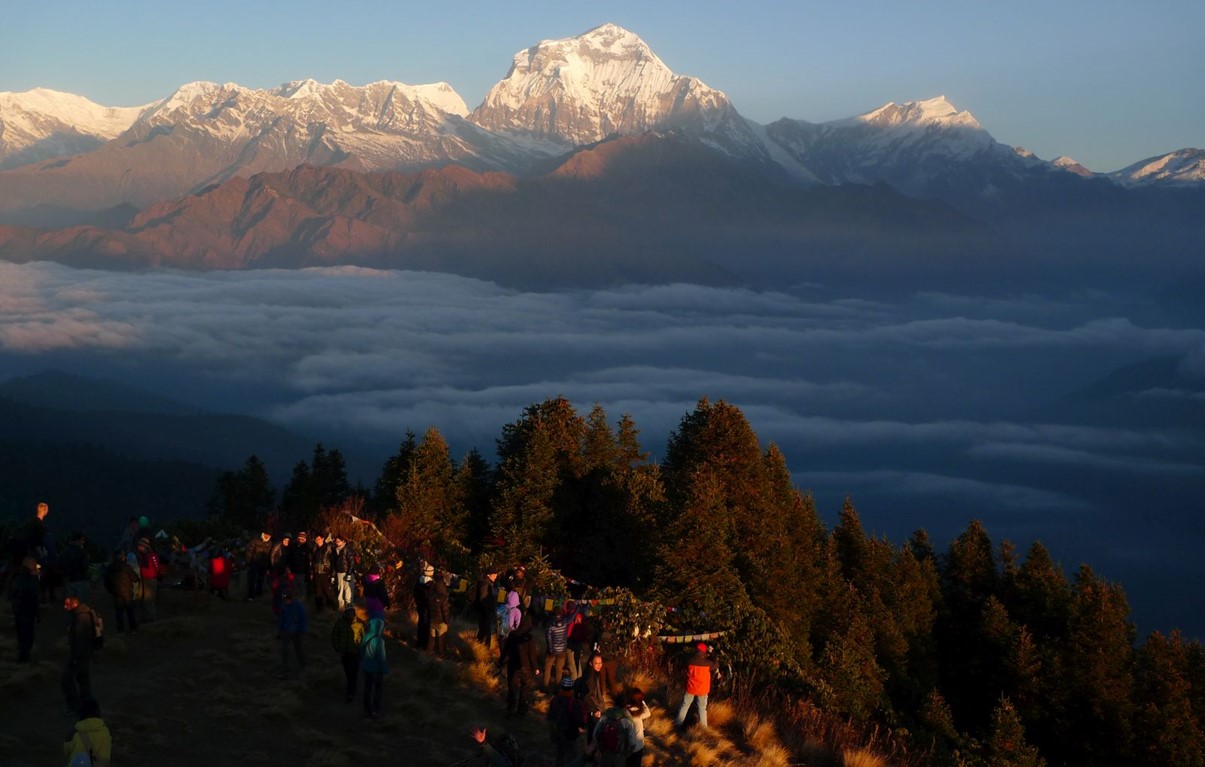The second part of a very insightful study of Himalayan protected areas has just been published. The group of national and international researchers led by Michal Apollo, focused on the analysis of protected areas in the world’s highest mountains. The authors conducted a comprehensive study consisting of two stages – presented as separate papers. In the first stage, the area of the entire Himalayan region was subjected to a physical and geographical analysis aimed at showing the natural potential of the development of high-mountain tourism in the region. The second stage focused on identifying and analysing the problems accompanying (resulting from) the development of high-mountain tourism in the Himalayan region in relation to both environmental and socio-economic issues.
According to the best of authors’ knowledge, this is one of the first attempts to holistically take stock of the macro-trends across this region that is a global barometer for mountain tourism.
Apollo, M., Andreychouk, V., Rawat, K., Mostowska, J., Jones, T.E., Rettinger, R., Maciuk, K., (2022). Himalayan nature-based tourism. Challenges for tourism and protected areas. International Journal of Conservation Science, 13(1), 249-266. https://ijcs.ro/public/IJCS-22-19_Apollo.pdf
The first part can be found here: https://ijcs.ro/public/IJCS-21-111_Apollo.pdf







